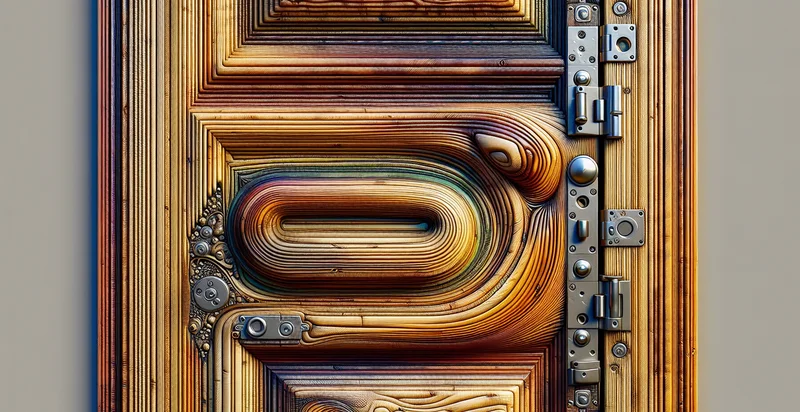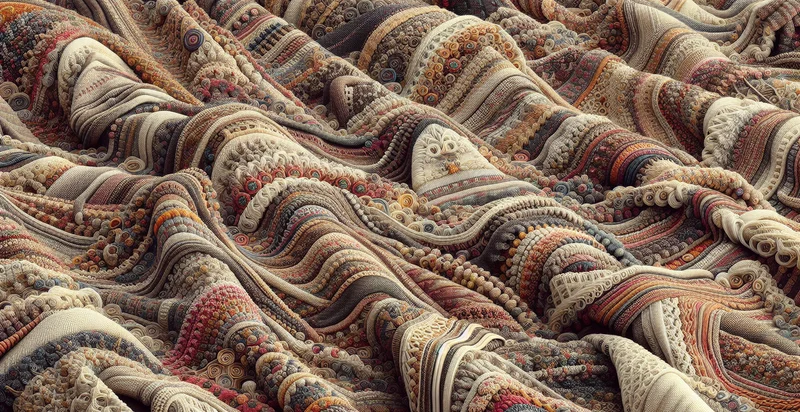Identify what material a door is made from
using AI
Below is a free classifier to identify what material a door is made from. Just upload your image, and our AI will predict what material a door is made from - in just seconds.

Contact us for API access
Or, use Nyckel to build highly-accurate custom classifiers in just minutes. No PhD required.
Get started
import nyckel
credentials = nyckel.Credentials("YOUR_CLIENT_ID", "YOUR_CLIENT_SECRET")
nyckel.invoke("what-material-a-door-is-made-from", "your_image_url", credentials)
fetch('https://www.nyckel.com/v1/functions/what-material-a-door-is-made-from/invoke', {
method: 'POST',
headers: {
'Authorization': 'Bearer ' + 'YOUR_BEARER_TOKEN',
'Content-Type': 'application/json',
},
body: JSON.stringify(
{"data": "your_image_url"}
)
})
.then(response => response.json())
.then(data => console.log(data));
curl -X POST \
-H "Content-Type: application/json" \
-H "Authorization: Bearer YOUR_BEARER_TOKEN" \
-d '{"data": "your_image_url"}' \
https://www.nyckel.com/v1/functions/what-material-a-door-is-made-from/invoke
How this classifier works
To start, upload your image. Our AI tool will then predict what material a door is made from.
This pretrained image model uses a Nyckel-created dataset and has 20 labels, including Acrylic, Aluminum, Bamboo, Composite, Fiberglass, Glass, Hollow Core, Honeycomb, Laminate and Mdp.
We'll also show a confidence score (the higher the number, the more confident the AI model is around what material a door is made from).
Whether you're just curious or building what material a door is made from detection into your application, we hope our classifier proves helpful.
Related Classifiers
Need to identify what material a door is made from at scale?
Get API or Zapier access to this classifier for free. It's perfect for:
- Home Renovation Consultations: Interior designers can utilize this function to accurately assess the types of doors in a property during renovations. By knowing the materials, they can recommend appropriate paint finishes, hardware, and complementary designs that enhance the aesthetic appeal of the space.
- Real Estate Valuation: Real estate agents can implement this tool to assess property features during appraisals. Identifying door materials accurately helps in valuing homes based on quality and durability, leading to better pricing strategies and marketing assessments.
- Manufacturing Quality Control: Manufacturers can employ this function on their production lines to ensure that the correct materials are being used for doors. This can minimize costly mistakes and improve product consistency by conducting real-time material verification.
- Insurance Assessments: Insurance companies can use this tool to evaluate claims related to property damage. By determining the material composition of doors involved in incidents (e.g., fire or flood), insurers can make more informed decisions regarding coverage and payouts.
- Smart Home Integration: Smart home technology providers can integrate this classification function into their security systems. By identifying door materials, the system can tailor alerts and maintenance recommendations according to the physical properties and vulnerabilities associated with different materials.
- Construction Specification Adherence: Construction firms can utilize this tool to ensure compliance with material specifications in building projects. By validating the materials of doors used, they can guarantee adherence to design standards and regulatory requirements, reducing the risk of expensive reworks.
- Sustainable Material Sourcing: Companies focused on sustainability can leverage the function to assess the door materials for eco-friendliness. By identifying materials and their origins, businesses can make better sourcing decisions that align with their environmental goals and support sustainable practices.


